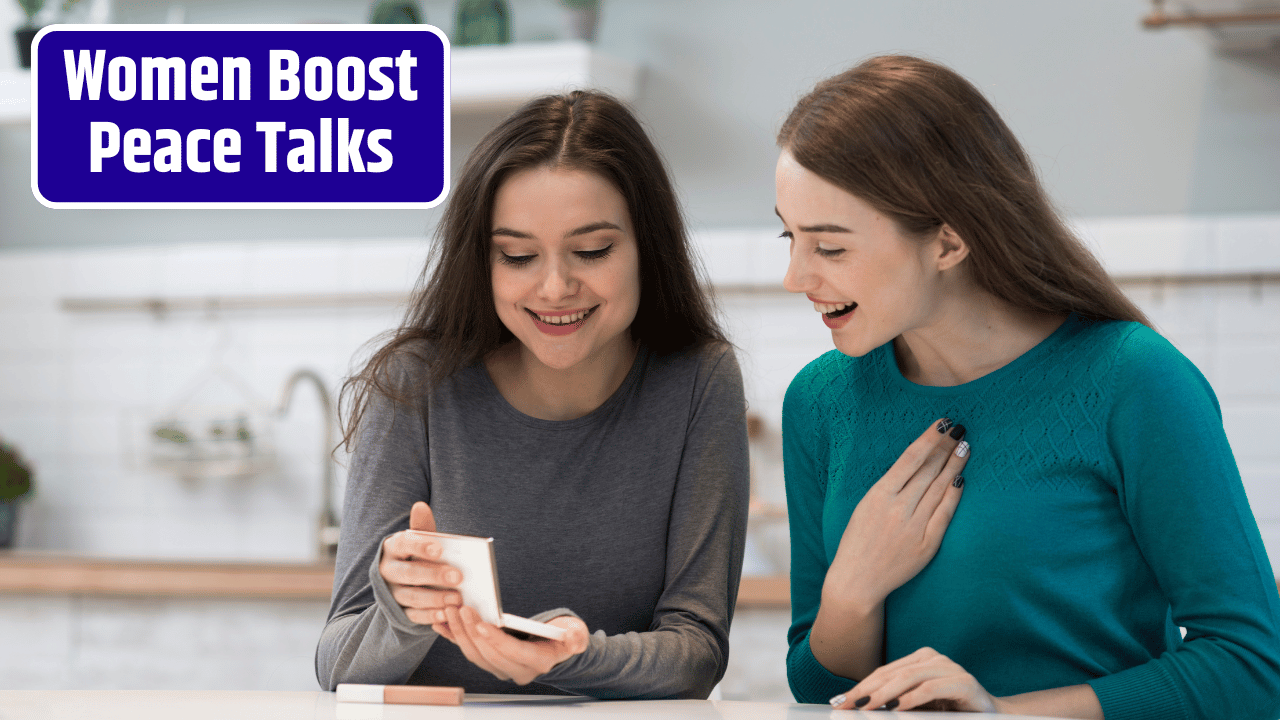Ever notice how peace talks used to look like a dusty boardroom filled with old men in suits? You’d have warlords, politicians, maybe the occasional international observer—but rarely any women. And if there were women? They were usually shuffled off to “support” roles. Note takers. Interpreters. Not decision-makers.
That mold is cracking. And guess who’s swinging the hammer?
Not Europe. Not the U.S. It’s the Global South—regions often dismissed as “developing” or “in need of Western intervention”—that are flipping the peacebuilding script with bold, gender-inclusive models that don’t just add women for optics, but rebuild entire peace processes around equity, community wisdom, and lived experience.
Let’s get into it.
Table of Contents
Wait, Why Does Gender-Inclusive Peacebuilding Matter?
You’d be amazed how many peace deals fall apart within a few years. Or how many never address the deeper wounds of a conflict—like displacement, gender-based violence, or broken local economies.
But research tells us something big:
When women are involved in peace negotiations, the resulting agreements are 35% more likely to last at least 15 years.
Why? Because women often bring different priorities to the table—education, healthcare, rebuilding communities—not just military ceasefires. Plus, they tend to push for inclusion, reconciliation, and accountability. Basically, they think long-term.
Southern Solutions, Global Impact
Here’s where it gets really interesting. Countries across Africa, Latin America, South Asia, and Southeast Asia aren’t waiting for Western NGOs to show them how it’s done. They’re developing their own frameworks—ones rooted in local culture, grassroots leadership, and gender equity.
Colombia: Women’s Peace Tables
During the peace process between the Colombian government and FARC rebels, women’s organizations weren’t content to be left on the sidelines. So they created “mesas de mujeres”—parallel women’s peace tables—that lobbied negotiators, submitted proposals, and literally reshaped the official agreements.
Result? Colombia’s final peace accord in 2016 became one of the most gender-inclusive in the world, with over 100 gender-specific provisions.
Liberia: Women in White
Picture this: thousands of women, Muslim and Christian, dressed in white, holding daily sit-ins outside government offices during Liberia’s brutal civil war. Led by Leymah Gbowee, the Women of Liberia Mass Action for Peace helped push warring factions into peace talks—and kept the pressure on until a deal was signed.
They weren’t just symbolic. They were strategic. And it worked.
Nepal: From Combatants to Community Leaders
After Nepal’s decade-long Maoist insurgency, many former female combatants refused to fade into the background. Instead, they became educators, political candidates, and peacebuilders in their communities—using their experiences to prevent future violence and reintegrate youth.
Their involvement in post-war reconstruction helped shift narratives around women from “victims” to “agents of change.”
Philippines: Indigenous Women and Ancestral Justice
In Mindanao, peace efforts between the Philippine government and Moro groups integrated indigenous and gendered perspectives. Indigenous women leaders helped lead community dialogues rooted in ancestral justice practices, bringing in land rights, spiritual reconciliation, and local governance reform—not just ceasefire logistics.
What Makes These Models So Different?
Here’s what the Global South’s getting right that the international community often misses:
| Traditional Peacebuilding | Gender-Inclusive Southern Models |
|---|---|
| Top-down approach | Grassroots-driven, community-led |
| Focus on elite negotiations | Inclusive of civil society and local actors |
| Gender as an afterthought | Gender as a foundational principle |
| One-size-fits-all solutions | Context-specific, culturally rooted approaches |
| Short-term stability | Long-term social healing and reintegration |
This Isn’t Just About Women—It’s About Better Peace
Let’s be clear: this isn’t some feel-good diversity campaign. Gender-inclusive peacebuilding isn’t charity—it’s strategy. It’s smart conflict resolution. And honestly, it’s just more human.
The Global South’s experiments with inclusive peace aren’t perfect. They face pushback from conservative forces, underfunded civil sectors, and sometimes even patronizing international donors. But they’re persistent. And that persistence is birthing blueprints the rest of the world could learn a hell of a lot from.
Because real peace doesn’t come from fancy treaties. It comes from trust, equity, and everyone getting a seat—and a voice—at the table.
FAQs
What is gender-inclusive peacebuilding?
It’s a peace process that meaningfully includes people of all genders—especially women—in decision-making roles, addressing gender-specific harms and ensuring long-term social healing.
Why is the Global South leading in this area?
Many communities in the Global South have deep traditions of community leadership and conflict resolution—often led by women or elders. These traditions are being adapted into modern frameworks.
What role do international organizations play?
Some help support with funding or visibility, but too often they impose rigid models. The most successful initiatives are locally led, not donor dictated.
Are these models being adopted elsewhere?
Slowly. Elements from Colombia, Liberia, and Nepal are being studied and adapted in places like Ukraine, Sudan, and even within UN peacekeeping guidelines.














